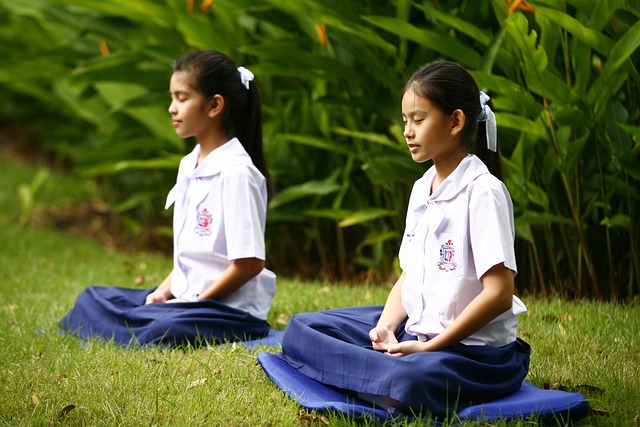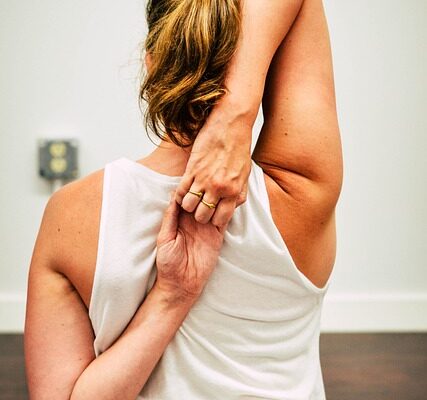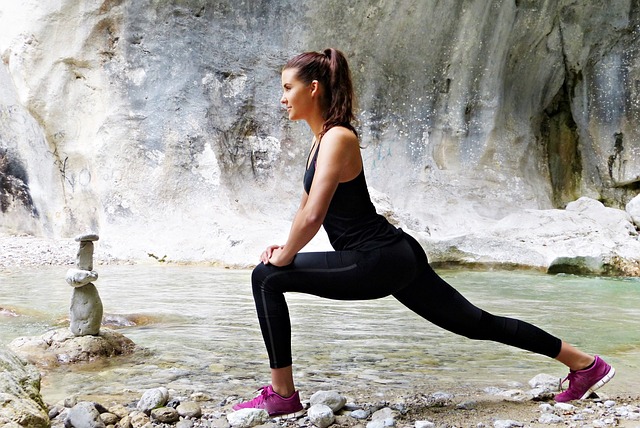Stretching is the controlled expansion of muscles in order to promote muscular flexibility and joint range of motion.
A regular stretching regime can also help improve stability and balance. As a result, stretching exercises are an essential component of any workout or rehabilitation program, regardless of age or fitness level.
Experts recommend that most persons undertake flexibility exercises for each of the major muscle-tendon groups, neck, shoulders, chest, torso, lower back, hips, front of legs, rear of legs, and ankles, at least twice a week.
However, if you stretch every day, you will notice a greater improvement in your range of motion.
The Advantages of Stretching
Stretching is widely believed to help prevent injuries and post-workout pain.
Although research does not support these claims, this does not indicate that you should avoid stretching. There are numerous other advantages to stretching and flexibility exercises.
Increased joint range of motion and flexibility
Muscle flexibility improves both daily function and athletic performance. Lifting goods, bending to tie your shoes, or rushing to catch a bus become easier and less taxing when your joints have a good range of motion.
Flexibility declines with age, but it can be regained and maintained with regular stretching exercises.
Circulation is now better.
Stretching improves circulation (blood flow) to muscles. Blood flowing to your muscles provides food while also removing waste byproducts from the muscular tissue.
If you’ve had any muscle injuries, improved circulation can help you recover faster.
Improved Posture
Stretching on a regular basis can help keep your muscles from becoming tense, helping you to retain appropriate posture. A good posture can help to reduce discomfort, aches, and pains.

Stress Reduction
Stretching helps to relax the tight, tense muscles that are typically associated with stress.
One research of office workers who participated in 12 weeks of a 10-minute stretching session twice a week revealed that participants’ mental health and vitality scores improved.
improved performance
Maintaining a wide range of motion in your joints helps your body stay in balance, and your muscles operate more efficiently.
Coordination and balance will help you stay mobile and less prone to harm from falls as you age.
Stiffness has been reduced.
Stretching immediately after exercise does not appear to prevent delayed-onset muscle soreness, although stretching regularly in the days following a strenuous workout can minimize muscle stiffness. Regular stretching exercises to improve range of motion can help with joint stiffness.
Stretching does not have to be time-consuming. According to the ACSM, stretching for 10 minutes twice a week is all you need to gain the benefits.
To conduct flexibility exercises safely and comfortably, follow these steps:
- Warm up. When your muscles are warm, your flexibility exercises will be more effective. If you’re not combining your stretches with another workout, begin with a quick, full-body warm-up, such as strolling while gently pumping your arms.
- Each stretch should be held for 10 – 30 seconds. Repeat for roughly 60 seconds, stretching each muscle group. It takes time to safely extend tissues.
- Don’t jump. Bouncing while stretching can cause microscopic tears in the muscle that result in scar tissue as the muscle recovers. Scar tissue further restricts the muscle, making you less flexible and more prone to pain. (Dynamic stretching, which involves moving gently from one posture to another, is a different and safe technique.)
- Aim for a stretch rather than pain. When you stretch, you should be able to feel the muscle elongating past where it normally is. It’s normal to feel awkward or uneasy at this point; however, if it causes pain, back off.
- Breathe deeply and relax. While stretching, don’t hold your breath.
- Extend both sides. Make sure your joint range of motion on either side of your body is as balanced as feasible.

Here are some easy stretches you may do at work.
Sitting all day can be harmful to your health. This is especially true if you don’t have an optimal ergonomic setup (which most of us don’t) and sit in the same posture for hours on end.
Back discomfort, headaches, tension, and stiffness in your back, neck, and shoulders can result from a lack of variation, as well as hunching the shoulders and sitting in an uncomfortable chair.
Stretching on a daily basis has been shown in studies to help alleviate neck and shoulder pain. Furthermore, standing and stretching breaks enhance productivity. Flexibility pauses let your eyes rest, and your entire body relax.
Stretching the Chest
Because most of us spend so much of our time slumped forward, stretching the chest and shoulders may be one of the best workouts you can perform for your body.
Take your arms behind you and, if possible, knot your fingers together in a seated or standing position. Straighten your arms and gradually raise your hands a few inches above your head until you feel a stretch in your chest. Hold the position for 10 – 30 seconds. If you have shoulder pain, avoid this maneuver.
A shrug of the shoulders
Typing, clicking, and scrunching cause a lot of stress and tension in the shoulders and neck. In reality, most of us probably hunch much more than we know, tightening the trapezius and other shoulder muscles. Shrugs will get the blood flowing through your traps and shoulders.
Lift your shoulders up towards your ears while seated or standing, pressing them as hard as you can. Hold for 1 to 2 seconds before rolling them back down. A rep for 8 to 10 reps before rolling the shoulders forward.
Stretch your back.
While shoulder shrugs improve circulation, this upper back stretch stretches the muscles between the shoulder blades, as well as the traps and shoulders.
Stretch the arms out without bending and rotate the hands until the palms face away from each other when seated or standing. Cross your arms so that your palms are squeezed together, round your back, and reach away while you relax your head.
Instead of collapsing, envision yourself curving up and over an imagined ball. For 10 to 30 seconds, hold the stretch. If twisting the arms is uncomfortable, simply tie the fingers together.
Spinal elongation
Long durations of sitting can also have an effect on the lower back, making it tense and achy. This twisting stretch will help to relieve some of the strain. Don’t overdo it—you simply need to rotate slightly to feel this stretch.
Contract the abs and slowly twist the torso to the right while sitting with your feet flat on the floor. To aid in deepening the stretch, place your hands on the seat of the chair or armrest.
Only twist as much as you can comfortably while keeping your back straight and your hips square. Hold for 10 to 30 seconds before repeating on the opposite side.
Stretch your forearms
You might not realize how stiff your forearms can become while typing until you stretch them. This easy stretch stretches the muscles of the forearms and wrists.
Stretch the right arm straight out and turn the hand down until your fingers point towards the floor, whether seated or standing. Pull the fingers towards you with your left hand, experiencing a stretch in your forearm. Hold for 10 to 30 seconds before repeating with the opposite hand.
Neck Extend
Strain in the neck can result in headaches and upper back tension. When working on the computer, many of us end up leaning forward, putting extra strain on the neck muscles. Consider how much tension your neck is under when your head weighs up to 11 pounds.
Sitting in your chair, reach down with your right hand and slowly tilt your head toward your left until feeling a stretch along the right side of your neck and shoulder. Hold for 10 to 30 seconds before repeating on the opposite side.
Hip Stretch While Seated
This basic technique opens up the hips, allowing the complicated network of muscles in the hips and glutes to expand. It’s wonderful after a long day of sitting.
Sit with your back straight and cross your right ankle over your left knee. Lean forward gently, keeping your back straight and extending out with your torso until you feel a stretch in the right hip and glute.
To deepen the stretch, press down on the right knee. Hold for 10 to 30 seconds before repeating on the opposite side. If this move irritates your knees, skip it.
To Conclude
If you’re recovering from an injury, you should avoid certain stretches. If you have an acute muscular strain, a broken bone, or a sprained joint, consult a physical therapist for personalized assistance.
These injuries require time to heal, and straining the implicated structures may cause this process to be delayed.
If you need assistance identifying which stretches are best for you, ask your doctor to recommend you to a physical therapist (especially if you have an injury or medical condition).
Check and see whether your gym has a group stretching class or a personal training session.


